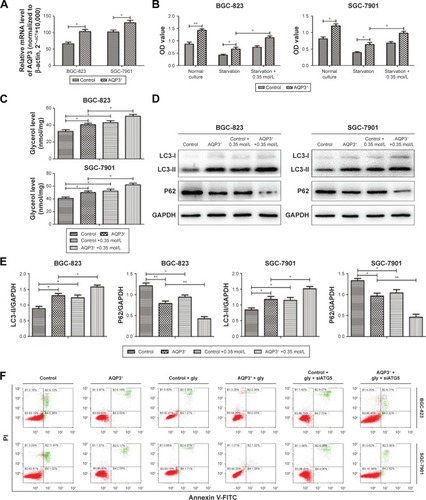Figures & data
Figure 1 Knockdown of AQP3 promotes the cell apoptosis in vitro.
Abbreviations: FITC, fluorescein isothiocyanate; GAPDH, glyceraldehyde 3-phosphate dehydrogenase; GC, gastric cancer; PI, propidium iodide; PCR, polymerase chain reaction.
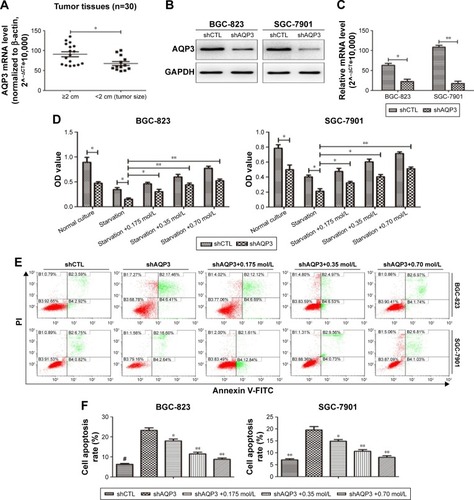
Table 1 Correlation between clinicopathological factors and AQP3 expression level in gastric cancer patients
Figure 2 Silencing of AQP3 decreases the cell viability of cancer cells in vivo.
Abbreviations: GC, gastric cancer; PCR, polymerase chain reaction; TUNEL, terminal deoxynucleotidyl transferase-mediated dUTP nick end labeling.
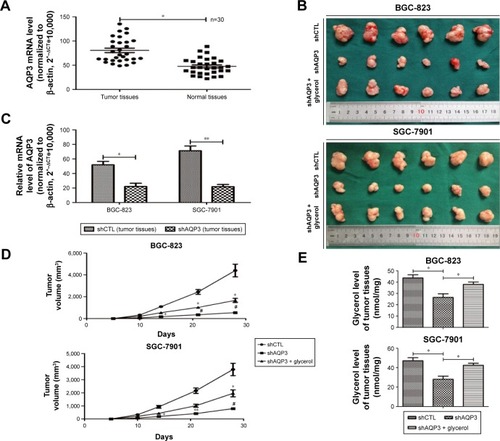
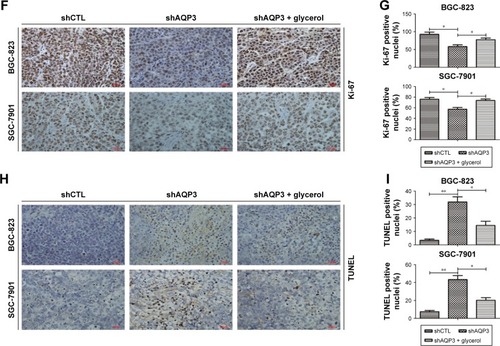
Figure 3 AQP3 inhibition induces decreased glycerol uptake and impaired lipid synthesis.
Abbreviations: PCR, polymerase chain reaction; TAG, triacylglycerol.

Figure 4 Suppression of autophagy is involved in the AQP3 deficiency-induced increased cell apoptosis.
Abbreviations: DAPI, 4′,6-diamidino-2-phenylindole; GAPDH, glyceraldehyde 3-phosphate dehydrogenase; PI, propidium iodide.
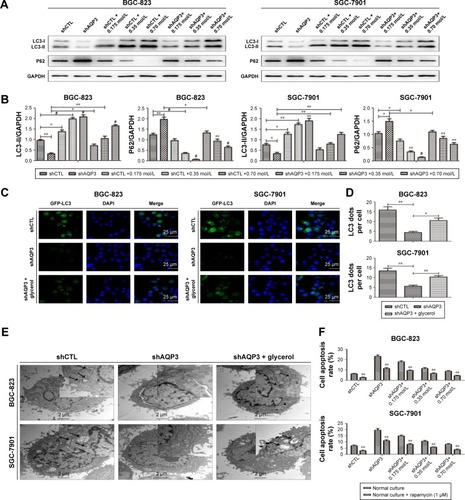
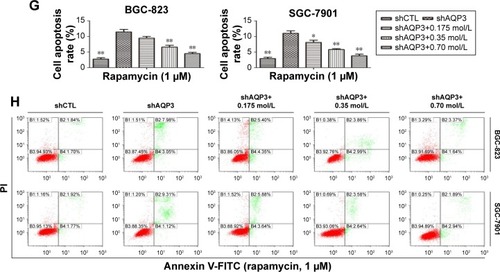
Figure 5 Overexpression of AQP3 enhances cell viability by upregulating glycerol uptake and autophagy.
Abbreviations: FITC, fluorescein isothiocyanate; GAPDH, glyceraldehyde 3-phosphate dehydrogenase; gly, glycerol; PI, propidium iodide.
